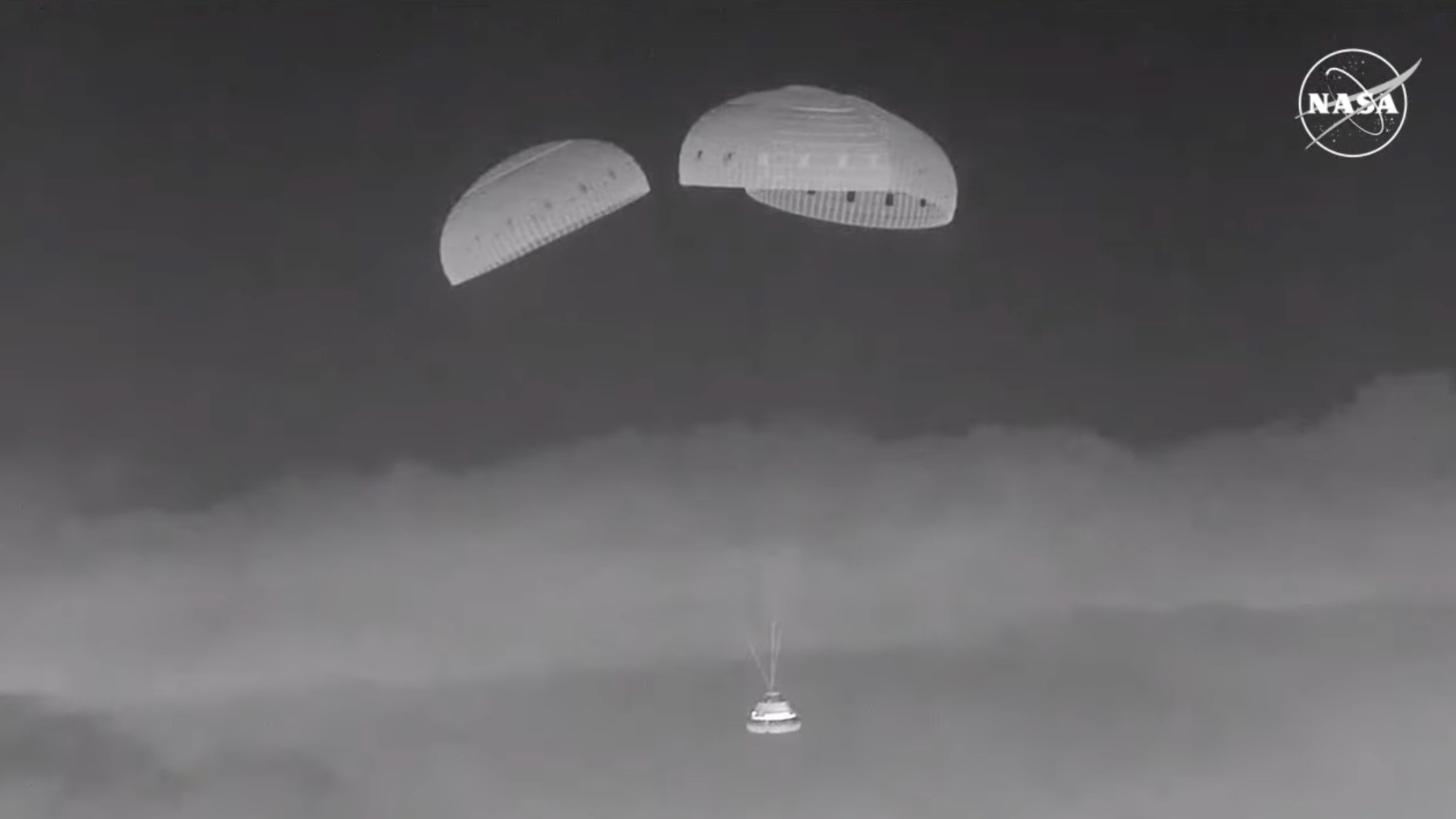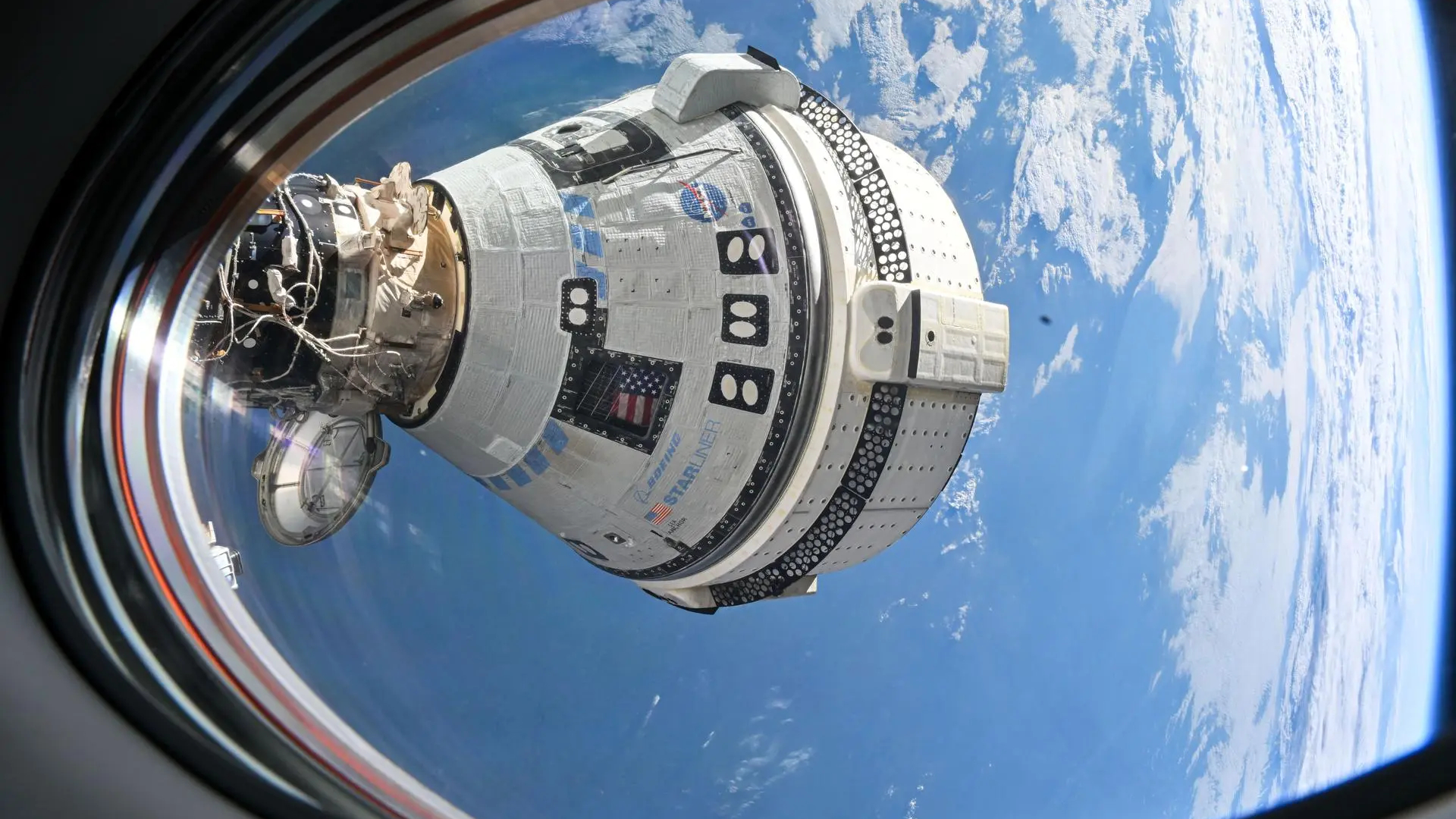Boeing's Starliner capsule just landed with no crew aboard. What's next for this astronaut taxi?

Boeing's Starliner capsule just returned to Earth without astronauts, marking the beginning of a new set of investigations by NASA.
Starliner left the International Space Station (ISS) on Friday evening (Sept. 6), then aced a landing in New Mexico just after midnight on Saturday (Sept. 7). The touchdown brought an end to Crew Flight Test (CFT), Starliner's first-ever astronaut mission. But no astronauts came down with the capsule on Saturday; Starliner experienced problems with its reaction control system (RCS) thrusters shortly after CFT's June 5 liftoff, and NASA decided not to risk putting Williams and Wilmore aboard the capsule again.
The duo have a solid homecoming plan: They'll ride back to Earth in February 2025 aboard a SpaceX Crew Dragon capsule — the one that will fly the company's Crew-9 mission, which is set to launch toward the ISS on Sept. 24. But what's next for the Starliner program is a bigger question.
NASA tasked SpaceX and Boeing in 2014 with sending astronauts to and from the ISS. SpaceX, borrowing knowledge from its Cargo Dragon spacecraft, flew a Crew Dragon test mission to the station in 2019 without astronauts and passed all metrics, allowing the company to launch its debut astronaut test flight the following year. That effort was successful, and SpaceX quickly moved to operational, long-duration astronaut missions to the ISS for NASA. It's in the middle of its eighth such flight and is gearing up for the ninth (Crew-9).
Related: NASA astronauts can't wear Boeing Starliner spacesuits in SpaceX's Dragon. Here's why
Starliner, a new design, has required quite a few adjustments. Its first mission, an uncrewed test flight in December 2019, failed to reach the ISS due to software glitches. The capsule succeeded on its second ISS try in May 2022 but experienced a few issues with its propulsion system during that flight.
CFT has had hiccups as well — namely, helium leaks and the thruster issues. (Five of Starliner's 28 RCS thrusters failed as it chased the ISS down shortly after launch.) The mission was supposed to last just 10 days or so, but NASA kept Starliner at the ISS for three months as it analyzed the thruster problems and what to do about them.
Breaking space news, the latest updates on rocket launches, skywatching events and more!
Those issues appear to be linked to overheating — a result, perhaps, both of the frequency of thruster use and their placement inside heat-retaining shelters on the outside of the spacecraft known as "doghouses." Bulging seals and insulation shedding appear to restrict the flow of propellant to the RCS thrusters.
NASA and Boeing had hoped that CFT would pave the way for Starliner's first operational crewed flight. That mission, known as Starliner-1, is tentatively targeted for August 2025. But it's too soon to tell if Starliner will hit that timeline.
"I think we'll see where we're at in another month or so, and have a little bit better idea of what the overall schedule will be," Steve Stich, manager of NASA's Commercial Crew Program, said during a post-landing press conference on Saturday morning.
That schedule could even include another test flight before Starliner is certified for operational astronaut missions.
"I would say it's probably too early to think about exactly what the next flight looks like. I think we want to take the next step to go look at all the data," Stich said.
"We've got some things we know we've got to go work on," he added. "And we'll go do that and fix those things, and then go fly when we're ready."
Much of this work will focus on the RCS thruster overheating issue and how to mitigate it.
"What we need to do now is go take a thruster at White Sands [Test Facility in New Mexico] and make sure we understand the exact pulse sequences that cause the heating," Stich said. "And then, at the same time, in parallel, look at software changes to reduce the number of demands on the thrusters."
Teams will also investigate removing or altering the thermal blankets inside the doghouses, to help keep the thrusters cooler, he added.
"So it's really three different thrusts, I would say," Stich said.
But there were plenty of positives to take from CFT, Stich stressed. Starliner performed very well during its entry, descent and landing today, he said, describing the touchdown in White Sands Space Harbor as a "bullseye." And he estimated that, despite Starliner's issues, Boeing was able to notch 85% to 90% of CFT's mission objectives.
Joel Montalbano, deputy associate administrator for NASA's Space Operations Mission Directorate, also emphasized the positives, and sought to put CFT into the proper perspective.
"It's important to remember: This was a test mission, right?" Montalbano said during the post-landing press conference. "We learned from this mission."

Elizabeth Howell (she/her), Ph.D., was a staff writer in the spaceflight channel between 2022 and 2024 specializing in Canadian space news. She was contributing writer for Space.com for 10 years from 2012 to 2024. Elizabeth's reporting includes multiple exclusives with the White House, leading world coverage about a lost-and-found space tomato on the International Space Station, witnessing five human spaceflight launches on two continents, flying parabolic, working inside a spacesuit, and participating in a simulated Mars mission. Her latest book, "Why Am I Taller?" (ECW Press, 2022) is co-written with astronaut Dave Williams.

